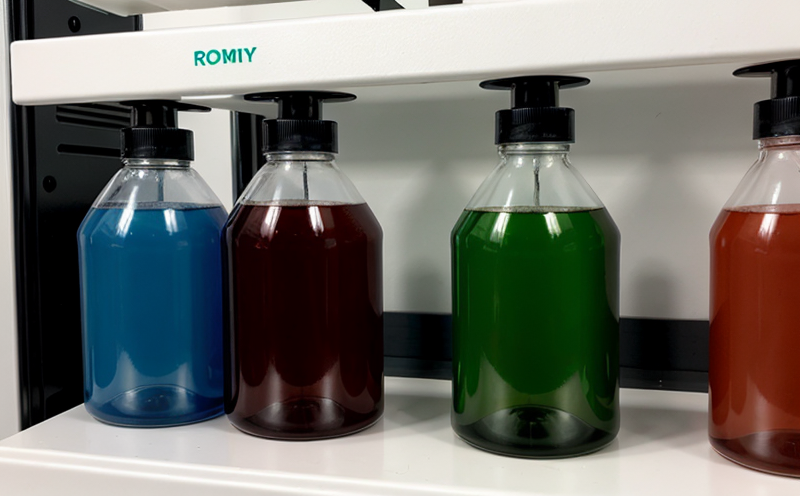GB T 9341 Flexural Reactivity Testing of Plastics
The GB/T 9341 standard outlines a method for determining the flexural reactivity of plastics. This test is particularly important in evaluating how well plastic materials can withstand mechanical stress without deformation or fracture, which is crucial in industries such as automotive, aerospace, and construction.
The flexural reactivity test measures the resistance of a specimen to bending stress until it breaks. The standard specifies the dimensions of the specimens and the conditions under which they are tested. It also provides guidance on how to prepare the specimens for testing according to GB/T 1043-2008.
The process involves several steps, including preparing the specimens, conditioning them in a controlled environment, applying bending stress, and observing the point of failure. The flexural reactivity is expressed as the flexural strength, which represents the maximum stress that the specimen can withstand before breaking.
In practice, this test ensures that plastic materials meet the required performance standards for durability and reliability under mechanical loads. By adhering to GB/T 9341, manufacturers can ensure their products are robust and capable of withstanding the environmental stresses they will encounter in real-world applications.
The standard is widely used in the chemical testing sector due to its relevance in assessing the quality and performance of polymer materials. It is particularly useful for R&D engineers who need to develop new materials or improve existing ones, as well as compliance officers responsible for ensuring that products meet regulatory requirements.
For procurement teams, this test provides a reliable method for evaluating suppliers’ materials against industry standards. The ability to accurately measure flexural reactivity helps in selecting the best-suited materials for specific applications, thereby reducing risks associated with material failure.
Scope and Methodology
The scope of GB/T 9341 is limited to the determination of the flexural reactivity of plastics using three-point bending test. The methodology involves several key steps:
- Specimen Preparation: Specimens are cut according to specified dimensions and tolerances outlined in GB/T 1043-2008.
- Conditioning: Specimens are conditioned at a specific temperature (usually 23°C ± 2°C) and humidity level (50% ± 5%) for the required time before testing.
- Bending Stress Application: The specimens are subjected to bending stress using a three-point bending test setup. The load is applied gradually until the specimen breaks.
- Data Collection: The maximum load at which failure occurs is recorded as the flexural strength.
Environmental and Sustainability Contributions
- The accurate determination of flexural reactivity using GB/T 9341 helps in optimizing material properties, leading to more sustainable product designs by reducing waste and improving recyclability.
- By ensuring that plastics meet the required mechanical performance standards, this test supports the development of lightweight materials, which can contribute to fuel efficiency in vehicles and reduced carbon footprints in various industries.
- The standard also plays a role in promoting recycling practices by providing reliable data on material properties, enabling better sorting and reprocessing of plastic waste.
Competitive Advantage and Market Impact
- Manufacturers who adhere to GB/T 9341 gain a competitive edge by producing high-quality materials that meet or exceed industry standards. This can lead to increased market share and customer trust.
- The ability to consistently demonstrate compliance with international standards like GB/T 9341 enhances the reputation of companies, making them more attractive to potential clients and partners.
- For suppliers, meeting these standards ensures that their products are reliable and perform well under mechanical stress, which can differentiate them from competitors in competitive bidding processes.





